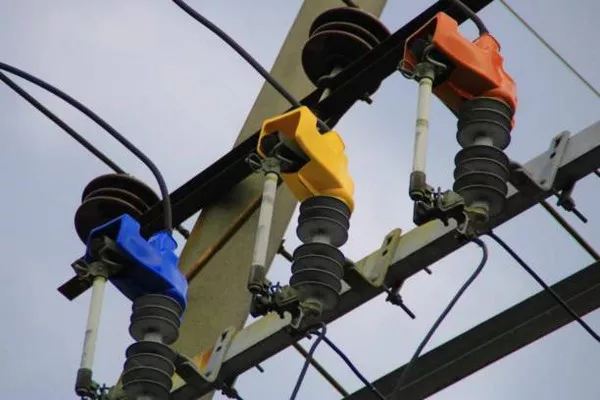Electrical transformers are indispensable components of power distribution systems, playing a pivotal role in the efficient transmission of electricity. These devices, rooted in electromagnetic principles, facilitate the transfer of electrical energy between circuits while altering voltage levels. Understanding the basic principles governing transformers is paramount for engineers, technicians, and anyone involved in the power industry. In this article, we delve into the fundamental concepts that underpin the operation of electrical transformers, shedding light on their crucial role in the modern electrical infrastructure.
The Essence of Electrical Transformers:
At its core, an electrical transformer is a static device designed to transfer electrical energy between two or more circuits through electromagnetic induction. The key objective is to alter the voltage level of the input electrical supply, making it suitable for various applications such as transmission, distribution, and utilization. Transformers are omnipresent in power systems, ranging from utility-scale applications to the transformers found in electronic devices.
Basic Components and Construction:
Transformers consist of two primary components: the core and the windings. The core, typically made of laminated iron or steel, serves as a magnetic circuit for the transmission of magnetic flux. Windings, composed of conductive materials such as copper or aluminum, are coiled around the core. Windings are categorized into primary and secondary, representing the input and output sides of the transformer, respectively.
The Working Principle – Faraday’s Law of Electromagnetic Induction:
The fundamental principle governing the operation of transformers is Faraday’s Law of Electromagnetic Induction. This law, formulated by the eminent scientist Michael Faraday, states that a change in magnetic flux within a closed loop induces an electromotive force (EMF) or voltage in the conductor encircling the magnetic field.
In a transformer, alternating current (AC) flowing through the primary winding generates a magnetic field around the coil. This changing magnetic field induces a voltage in the secondary winding through mutual induction. The magnitude of the induced voltage in the secondary winding is proportional to the rate of change of magnetic flux, as described by Faraday’s Law.
Voltage Transformation and Turns Ratio:
One of the primary functions of transformers is voltage transformation. The turns ratio, denoted by N₁:N₂, represents the relationship between the number of turns in the primary winding (N₁) and the secondary winding (N₂). The voltage transformation ratio (V₁/V₂) is directly proportional to the turns ratio.
For instance, if the turns ratio is 1:2, and the primary voltage is 100 volts, the secondary voltage will be 200 volts. This principle allows transformers to step up or step down voltage levels according to the specific requirements of the electrical system.
Efficiency and Losses:
While transformers are crucial for energy transfer, they are not without losses. Two primary types of losses occur in transformers: copper losses and iron losses. Copper losses result from the resistance of the windings, leading to power dissipation in the form of heat. Iron losses, also known as core losses, arise from hysteresis and eddy current losses in the magnetic core material.
Efficiency, a critical parameter for transformers, is defined as the ratio of output power to input power. Minimizing losses is essential to enhance efficiency and ensure optimal performance in power distribution systems.
Types of Transformers:
Transformers come in various types to cater to diverse applications. Power transformers, distribution transformers, and instrument transformers are among the common classifications. Power transformers are employed in high voltage transmission networks, while distribution transformers are used for lower voltage distribution. Instrument transformers, such as current transformers and voltage transformers, are utilized for metering and protective relay applications.
See Also Will A Transformer Work With Dc Current? An In-Depth Analysis
Applications of Electrical Transformers:
The versatility of electrical transformers makes them indispensable in various sectors. Power generation plants use transformers to step up voltage for efficient long-distance transmission. Distribution transformers play a key role in supplying electricity to homes and businesses. Additionally, transformers are crucial in diverse industries, including manufacturing, healthcare, and telecommunications.
Conclusion:
In conclusion, the fundamental principles of electrical transformers are deeply rooted in the principles of electromagnetic induction, as elucidated by Faraday’s Law. These devices, with their ability to alter voltage levels efficiently, form the backbone of modern power distribution systems. Understanding the basic components, working principles, and applications of transformers is essential for engineers and professionals working in the power industry. As technology advances, transformers continue to evolve, ensuring the reliable and efficient transmission of electrical energy across the globe.

